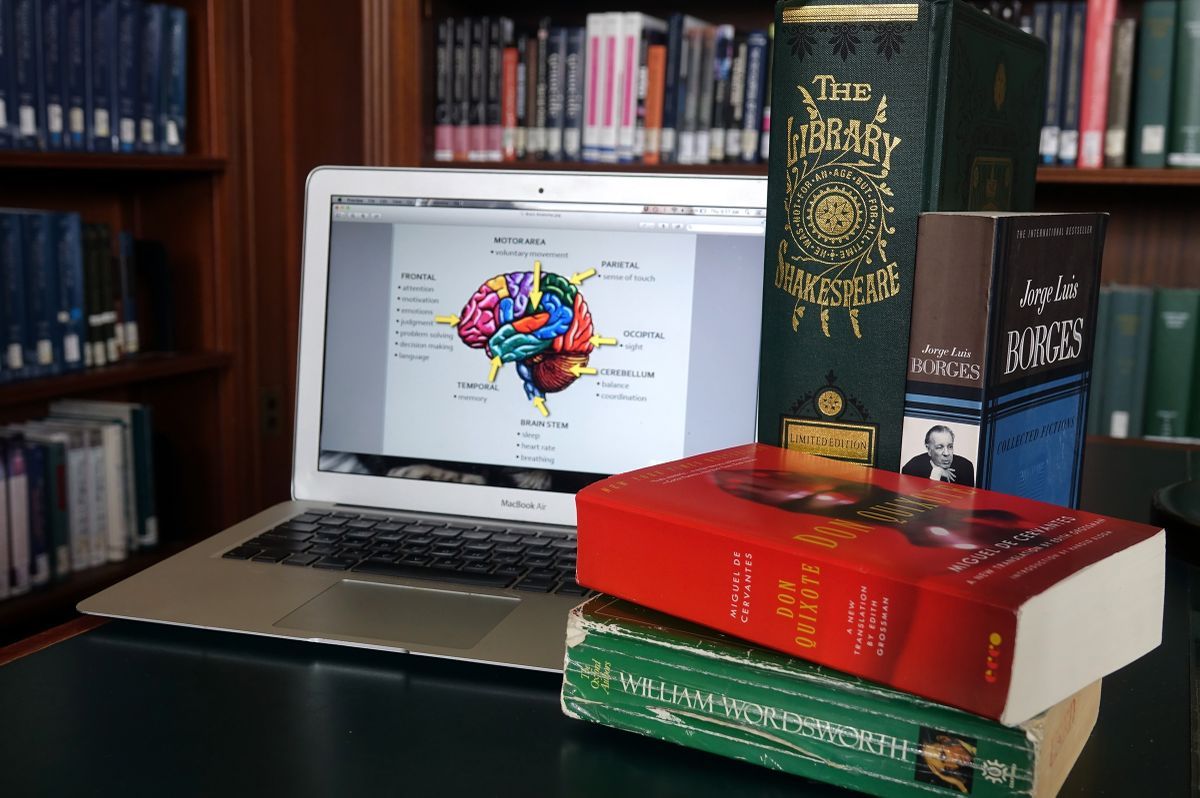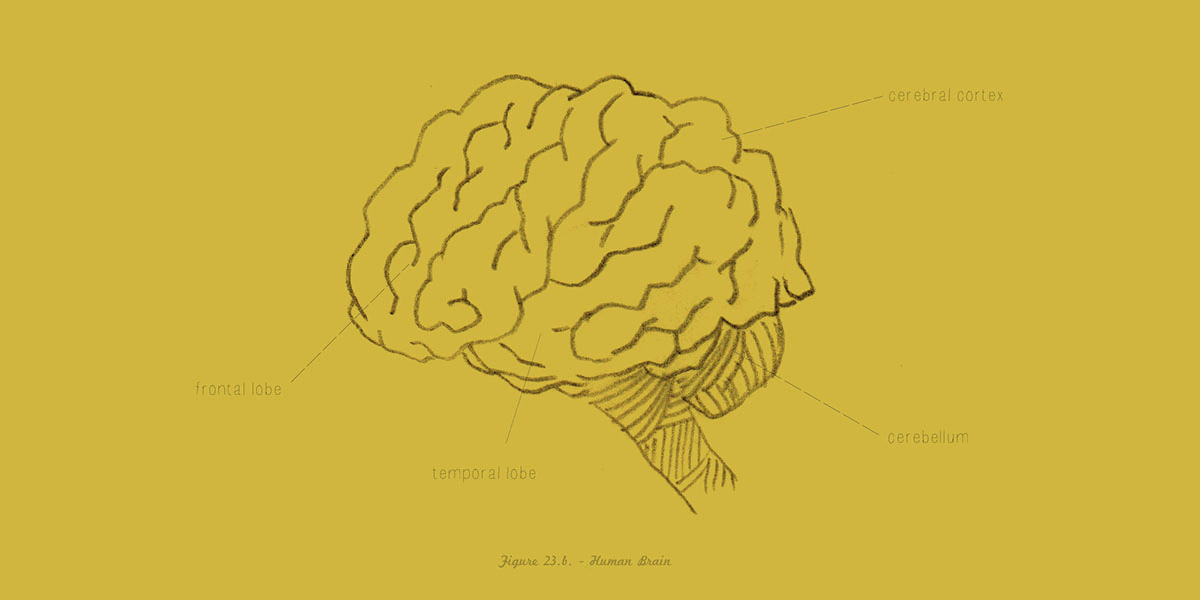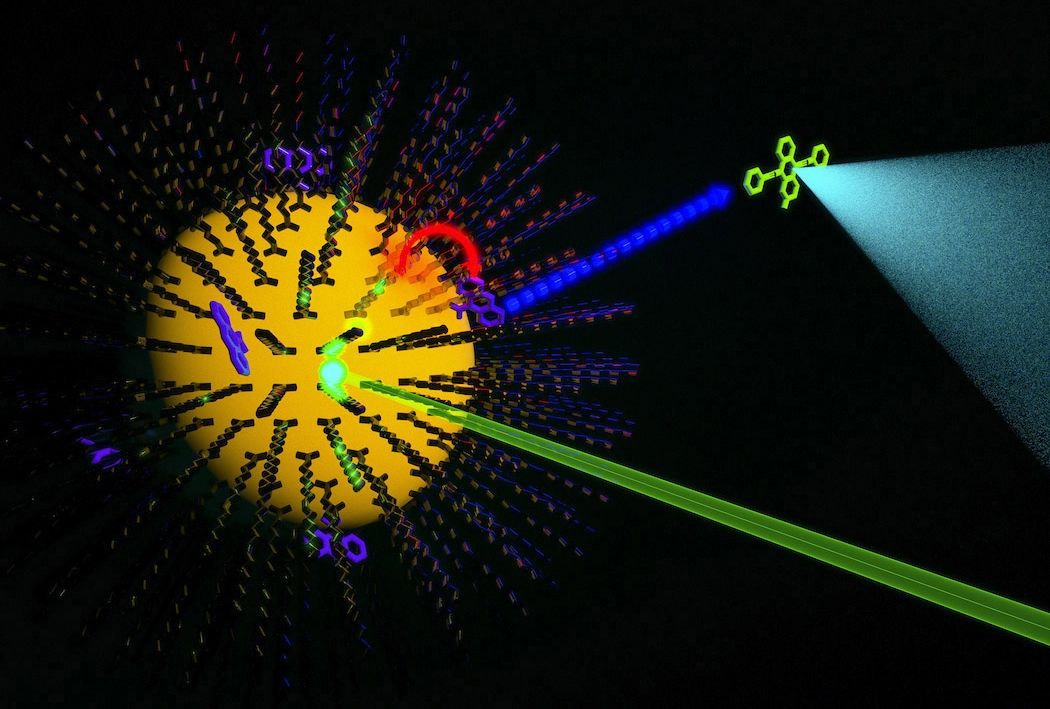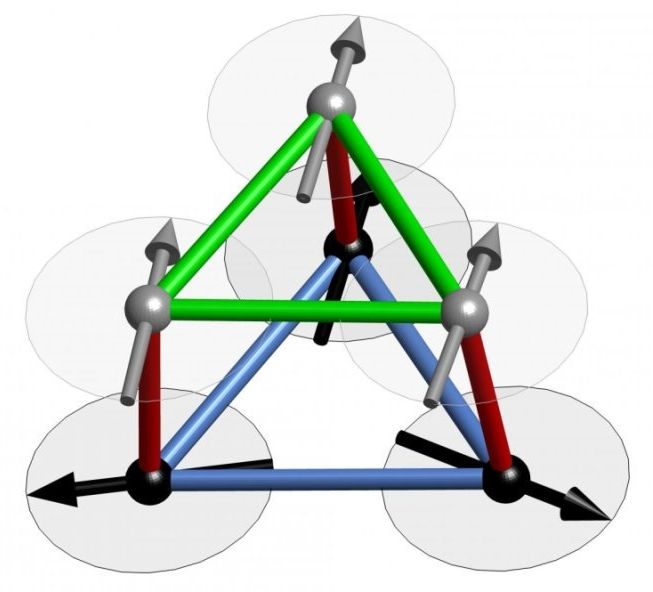Page 11320
Jul 26, 2016
Genetic factors are responsible for creating anatomical patterns in the brain cortex
Posted by Karen Hurst in categories: evolution, genetics, neuroscience
Studies are showing that anatomical patterning found in the brain’s cortex may be controlled by genetic factors.
The highly consistent anatomical patterning found in the brain’s cortex is controlled by genetic factors, reports a new study by an international research consortium led by Chi-Hua Chen of the University of California, San Diego, and Nicholas Schork of the J. Craig Venter Institute, published on July 26 in PLOS Genetics.
The human brain’s wrinkled cerebral cortex, which is responsible for consciousness, memory, language and thought, has a highly similar organizational pattern in all individuals. The similarity suggests that genetic factors may create this pattern, but currently the extent of the role of these factors is unknown. To determine whether a consistent and biologically meaningful pattern in the cortex could be identified, the scientists assessed brain images and genetic information from 2,364 unrelated individuals, brain images from 466 twin pairs, and transcriptome data from six postmortem brains.
They identified very consistent patterns, with close genetic relationships between different regions within the same brain lobe. The frontal lobe, which has the most complexity and has experienced the greatest expansion throughout the brain’s evolution, is the most genetically distinct from the other lobes. Their results also suggest potential functional relationships among different cortical brain regions.
Jul 26, 2016
Literature and film help teach students to understand the brain
Posted by Karen Hurst in categories: entertainment, neuroscience
UCLA freshman cluster course combines anatomy, history, philosophy and humanities to provide an interdisciplinary approach to studying neuroscience.
Jul 26, 2016
Can a Brain Scan Tell What You’re Thinking? — Pacific Standard
Posted by Karen Hurst in categories: mathematics, neuroscience, space travel
Ever really wanted to know what folks truly are thinking about?
A new experiment advances the idea that brain scans can teach us something about how the human mind works.
By Nathan Collins
Continue reading “Can a Brain Scan Tell What You’re Thinking? — Pacific Standard” »
Jul 26, 2016
Most people are too scared to use brain chips and synthetic blood to improve performance
Posted by Karen Hurst in categories: bioengineering, biotech/medical, computing, military, neuroscience, singularity

On the path towards Singularity — I believe that this is an individual choice. However, to remain relevant and competitive in industry we may see a day when folks will require this type of enhancement to compete, perform in military operations, etc.
The researchers carried out a survey of more than 4,700 US adults.
Jul 26, 2016
Pixel-array quantum cascade detector paves the way for portable thermal imaging devices
Posted by Karen Hurst in categories: particle physics, quantum physics
Finally, portable thermal imaging devices could be here soon.
The primary source of infrared radiation is heat—the radiation produced by the thermal motion of charged particles in matter, including the motion of the atoms and molecules in an object. The higher the temperature of an object, the more its atoms and molecules vibrate, rotate, twist through their vibrational modes, the more infrared radiation they radiate. Because infrared detectors can be “blinded” by their own heat, high-quality infrared sensing and imaging devices are usually cooled down, sometimes to just a few degrees above absolute zero. Though they are very sensitive, the hardware required for cooling renders these instruments less-than-mobile, energy-inefficient and limits in-the-field applications.
A paper published this week in the journal Optics Express, from The Optical Society (OSA), describes a new type of portable, field-friendly, mid-infrared detector that operates at room temperature. Room-temperature operation, notes Andreas Harrer of the TU-Wien Center for Micro- and Nanostructures, Austria and the first author of the paper, “is essential for detectors to be energy-efficient enough for portable and handheld applications. We want to pave the way to an infrared-detection technology which is flexible in design and meets all requirements for compact integrated field-applicable detection systems.”
Jul 26, 2016
Quantum dot photosensitizers as a new paradigm for photochemical activation
Posted by Karen Hurst in categories: chemistry, quantum physics, solar power, sustainability
Interesting work on solar energy and Q-dot photosensitizers.
Interfacial triplet-triplet energy transfer is used to significantly extend the exciton lifetime of cadmium selenide nanocrystals in an experimental demonstration of their molecular-like photochemistry.
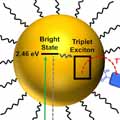
Continue reading “Quantum dot photosensitizers as a new paradigm for photochemical activation” »
Jul 26, 2016
Project | 21 — We Can End Aging
Posted by Shailesh Prasad in categories: biotech/medical, economics, internet, life extension
https://www.youtube.com/watch?v=yiRf5NClQ8A
Website: http://sensproject21.org/
Building the bridge to human clinical trials for rejuvenation biotechnologies.
Jul 26, 2016
Novel state of matter: Observation of a quantum spin liquid
Posted by Karen Hurst in categories: particle physics, quantum physics
Excellent article on improving crystalized formations & usage.
According to conventional understanding, if the interactions are isotropic (where all spin directions are possible), this phenomenon can occur if the spins are arranged in triangular geometries and the interactions between them are antiferromagnetic favouring antiparallel alignment of the spins. For three atoms forming the corners of a triangle, the electronic spin of one atom cannot simultaneously be oriented antiparallel to those on both the other two atoms. In real materials that contain triangular units coupled by antiferromagnetic interactions this “frustration” can prevent the spins from coming to rest in a particular orientation even at absolute zero temperature, instead they move collectively like atoms in a liquid. By contrast, ferromagnetic interactions do not give rise to frustration in isotropic magnets because mutually parallel alignment of the spins can always occur. For these reasons, only a few isotropic materials have been proposed as spin liquid candidates.
Monocrystals with complex magnetic interactions
Continue reading “Novel state of matter: Observation of a quantum spin liquid” »
Jul 26, 2016
Quantum Advantage on Information Leakage for Equality
Posted by Karen Hurst in categories: computing, quantum physics
Abstract: We prove a lower bound on the information leakage of any classical protocol.
Computing the equality function in the simultaneous message passing (SMP) model. Our bound is valid in the finite length regime and is strong enough to demonstrate a quantum advantage in terms of information leakage for practical quantum protocols. We prove our bound by obtaining an improved finite size version of the communication bound due to Babai and Kimmel, relating randomized.
Communication to deterministic communication in the SMP model. We then relate. information leakage to randomized communication through a series of reductions.
We first provide alternative characterizations for information leakage, allowing us to link it to average length communication while allowing for. shared randomness (pairwise, with the referee). A Markov inequality links this.
Continue reading “Quantum Advantage on Information Leakage for Equality” »
